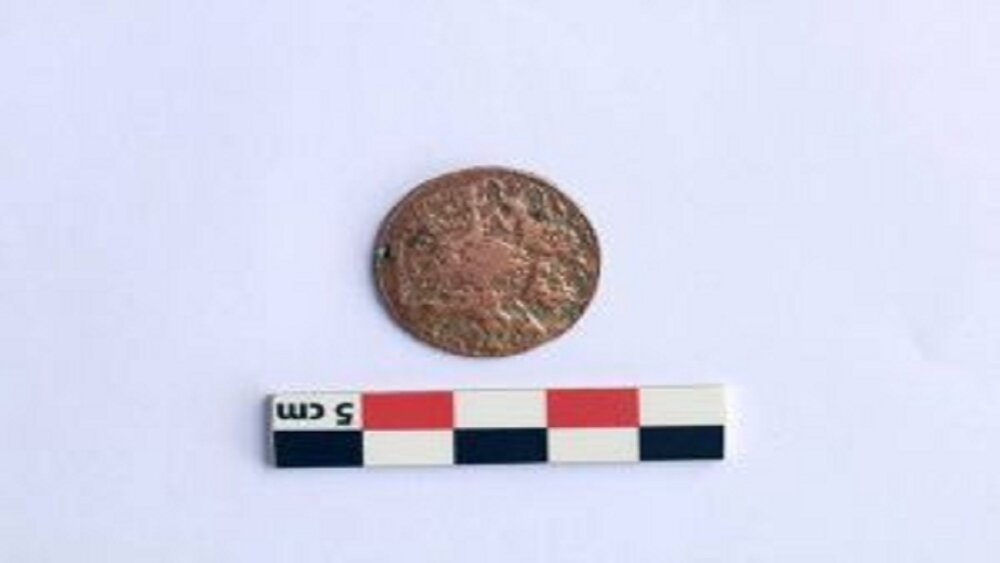Historical coin found in ancient port city southern Iran

TEHRAN – A historical coin, dating from 1835 CE, has recently been found in the southern port city of Siraf while a databank was being established for fragments of centuries-old ceramics and potteries discovered through years of excavations in the ancient region.
“The historic coin dates from 1835 and the 19th century and was discovered at the same time as the pottery bank was being set up in the historical house of [the British archaeologist and senior scholar David] Whitehouse (1941 – 2013),” ISNA quoted a local cultural official as saying on Saturday.
The site was discovered in the 19th century (it was first mapped by Sir Aural Stein), and was the target of a massive British archaeological excavation between 1966-75, led by Whitehouse.
The excavations uncovered the mosques, houses, bazaars, and Sasanian origins of the town and a massive haul of Islamic and Chinese pottery, glass, and inscriptions. Siraf was an internationally famous port, especially during the Abbasid period (c.750 CE onwards), when ships owned by Sirafi merchants sailed the Indian Ocean in search of luxuries. Through Siraf passed the silks and porcelains of China, the spices and aromatic woods of India and Indonesia, and the ivory, animal skins, and gold of East Africa.
With about 1,100 years of history, the historical port of Siraf in the Persian Gulf has been inscribed on the National Heritage list. At one time, the port had been one of the major centers for marketing pearls and silk in the region, but it was gradually submerged over the centuries.
According to some historians, Siraf had a population of about 300,000 during the early Islamic era and this fact shows that it was a large city. However, today, just about 7,000 people live in Siraf in a small area.
AFM/MG
Leave a Comment